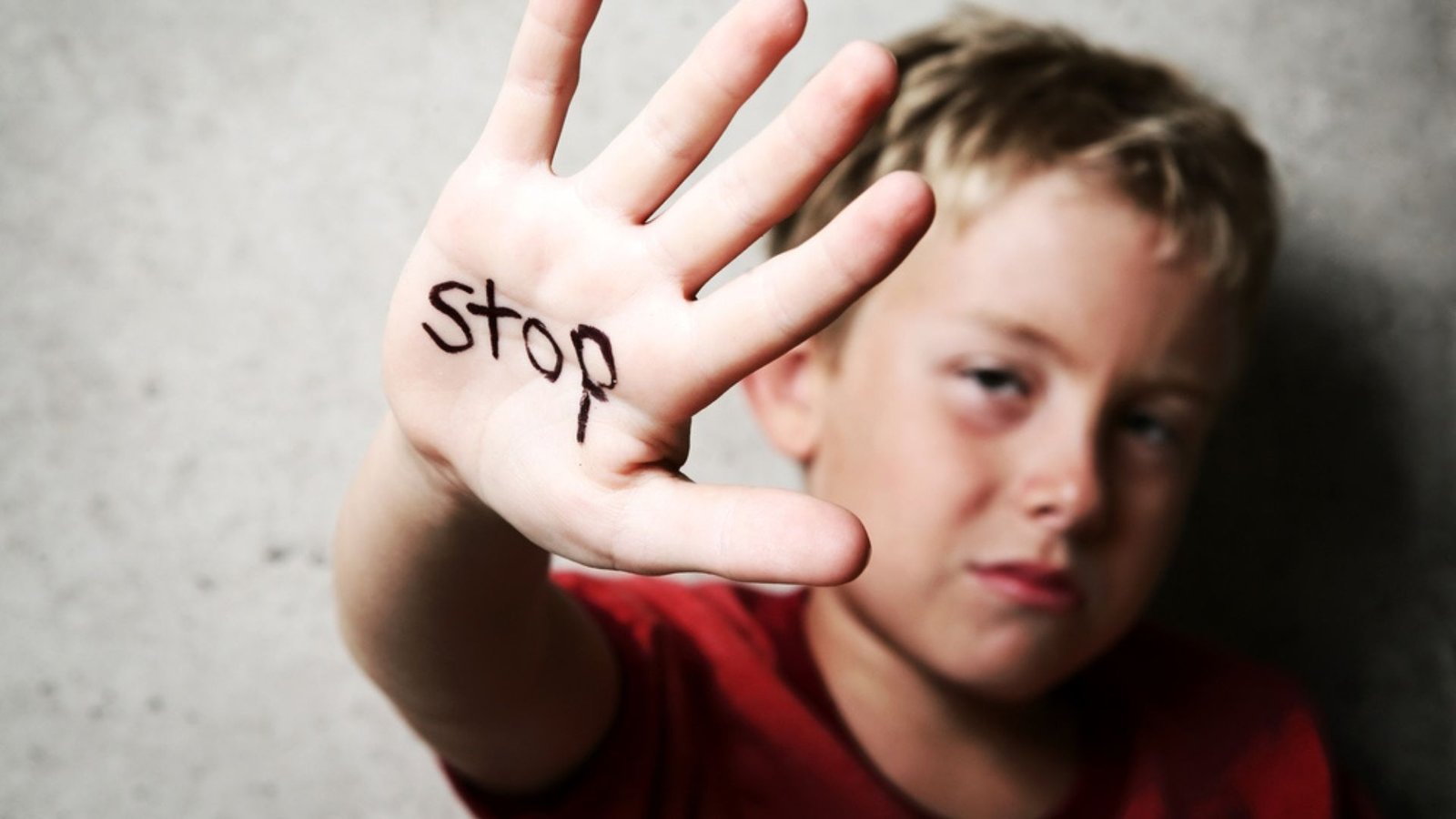Abuse can take many forms, and it’s important to recognize the signs early to provide support to those affected. Domestic abuse may not always be visible on the outside, but it can have deep emotional, physical, and psychological effects. Understanding the warning signs of abuse can help you intervene and assist someone in need. In this article, we’ll discuss how to identify the signs of abuse in various contexts, including physical, emotional, and psychological abuse.

1. Physical Abuse: Visible Injuries or Patterns of Injury
Physical abuse is often the most noticeable form of abuse because it leaves visible signs. If you see someone with unexplained bruises, burns, or cuts, especially in unusual places (like the neck, arms, or wrists), it might be a sign of abuse. Sometimes, abusers use objects or force to harm the victim, leaving marks or scars that are hard to explain.
Other signs of physical abuse:
- Frequent hospital visits or injuries that are not explained.
- Wearing long sleeves or concealing clothing, even in hot weather, to hide injuries.
- Sudden and unexplained changes in behavior or mood after being with a particular person.
It’s important to pay attention to repeated injuries or patterns of injury, especially if the person avoids discussing the cause or blames themselves. This can indicate that the injuries are a result of abusive behavior.
2. Emotional Abuse: Feelings of Worthlessness or Fear
Emotional abuse is harder to identify because it does not always leave physical scars. However, signs of emotional abuse are just as serious and can be equally damaging. Victims of emotional abuse often feel worthless, isolated, or fearful. They may be constantly belittled or humiliated by the abuser, leading to a loss of confidence and self-esteem.
Other signs of emotional abuse:
- A person constantly apologizing, even when they haven’t done anything wrong.
- A person who seems anxious, withdrawn, or constantly on edge.
- Victims of emotional abuse might also exhibit mood swings or extreme reactions to certain situations.
If someone appears to be controlled or manipulated by another person’s words and actions, it may be a sign of emotional abuse. This type of abuse often involves guilt-tripping, threats, or using shame to control the victim.
3. Psychological Abuse: Confusion or Fear
Psychological abuse can also be very difficult to detect because it involves controlling behavior and manipulation that may not leave any physical marks. However, victims of psychological abuse may experience confusion, depression, or fear due to the manipulative tactics used by the abuser. Often, psychological abuse involves gaslighting, a form of manipulation where the abuser makes the victim doubt their reality or perception of events.
Other signs of psychological abuse:
- A person who seems confused or disoriented, especially after interactions with a particular person.
- Victims of psychological abuse may have trouble making decisions or appear to be constantly second-guessing themselves.
- Withdrawal from friends, family, or activities they once enjoyed due to fear of their abuser.
If someone seems controlled or undermined by another person to the point of feeling disoriented or disconnected, it may be a sign of psychological abuse.
4. Sexual Abuse: Inappropriate Behavior or Reluctance to Talk About Intimacy
Sexual abuse involves any unwanted sexual behavior or contact. It can happen in many forms, including physical contact, threats, or manipulation. One sign of sexual abuse is if a person feels uncomfortable with any form of intimacy or avoids certain topics. Victims of sexual abuse often experience feelings of shame, guilt, or fear, making them reluctant to speak out about their experiences.
Other signs of sexual abuse:
- A person showing extreme fear of a certain individual or situation.
- Unexplained difficulty sitting or walking, or injuries in genital areas.
- Sudden changes in sexual behavior or appearance, such as dressing more provocatively or becoming unusually withdrawn.
Victims of sexual abuse may also experience depression, anxiety, or PTSD symptoms, especially if they feel trapped or unable to escape the abusive situation.
5. Financial Abuse: Lack of Control Over Money
Financial abuse occurs when one person controls another person’s access to money or financial resources. This can include taking money from someone, forcing them to give up their earnings, or preventing them from accessing their bank accounts. Financial abuse is often used as a tool of control in abusive relationships.
Other signs of financial abuse:
- A person who is always asking for money but has no access to their own finances.
- Someone who seems unaware of how to pay bills or manage finances because they’ve been restricted.
- Victims of financial abuse often have little control over how they spend their money and might need permission from their abuser to make purchases or take part in financial decisions.
If someone is unable to make basic financial decisions or lacks access to their own income, this is a clear sign of financial abuse.
6. Social Isolation: Withdrawing from Friends or Family
A common tactic used by abusers is to isolate their victims from family and friends. This tactic ensures that the victim has no support system and feels completely dependent on the abuser. Social isolation is a serious sign of emotional and psychological abuse.
Other signs of social isolation:
- A person who suddenly stops attending social gatherings, like family events or outings with friends.
- Someone who seems to have few or no social connections, or someone whose family or friends are concerned about them but they distance themselves.
- A person who frequently makes excuses for not spending time with others or appears fearful of spending time with people outside the relationship.
If someone is being isolated from their support network, it is a major red flag that abuse could be taking place.
7. Neglect: Lack of Care or Attention
Neglect is a form of abuse, particularly in cases involving children, elderly people, or those with disabilities. It happens when a person’s basic needs for food, shelter, healthcare, or emotional support are not met by the caregiver.
Other signs of neglect:
- A person who looks unkempt, malnourished, or dirty, and may have untreated medical conditions.
- Children or elderly people who are left alone for long periods without care.
- Withdrawal from others, depression, or low energy, particularly in situations where care is lacking.
If someone consistently fails to meet a person’s basic needs, it’s a sign of neglect, which is a form of abuse that can have serious long-term effects.
Conclusion
Recognizing the signs of abuse is critical for offering support to those who may be suffering. Whether it’s physical, emotional, psychological, sexual, financial, or neglectful abuse, understanding the warning signs is the first step in helping someone get out of an abusive situation. If you or someone you know is experiencing abuse, it’s important to reach out for help from trusted sources like friends, family, or professional support services. Always remember, no one deserves to be abused, and there are resources available to help those in need.




